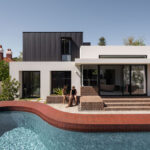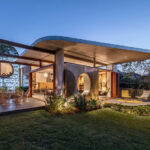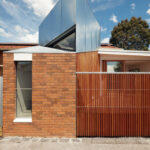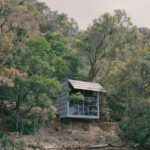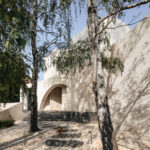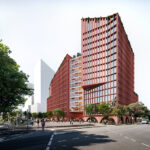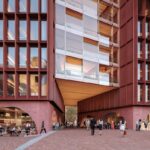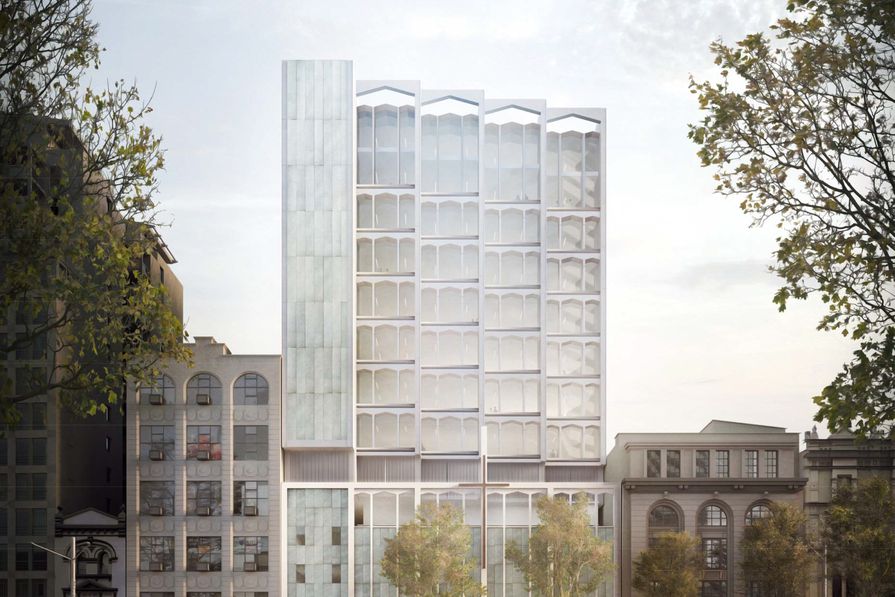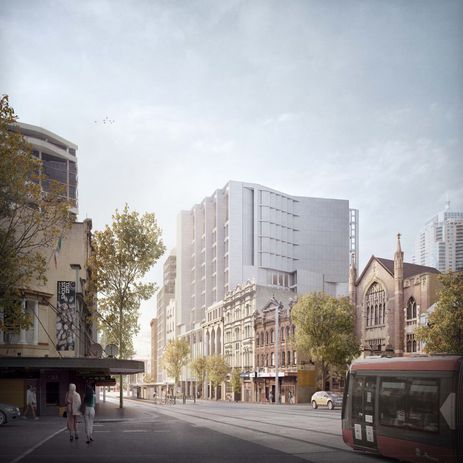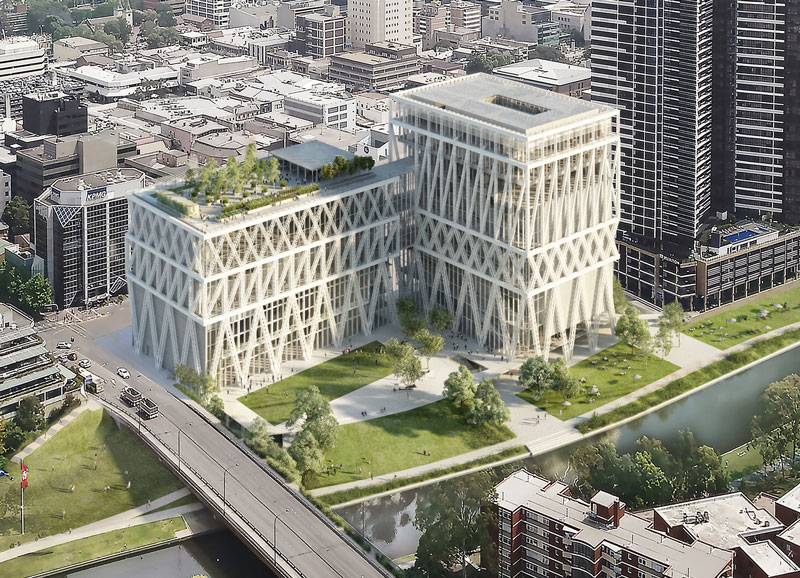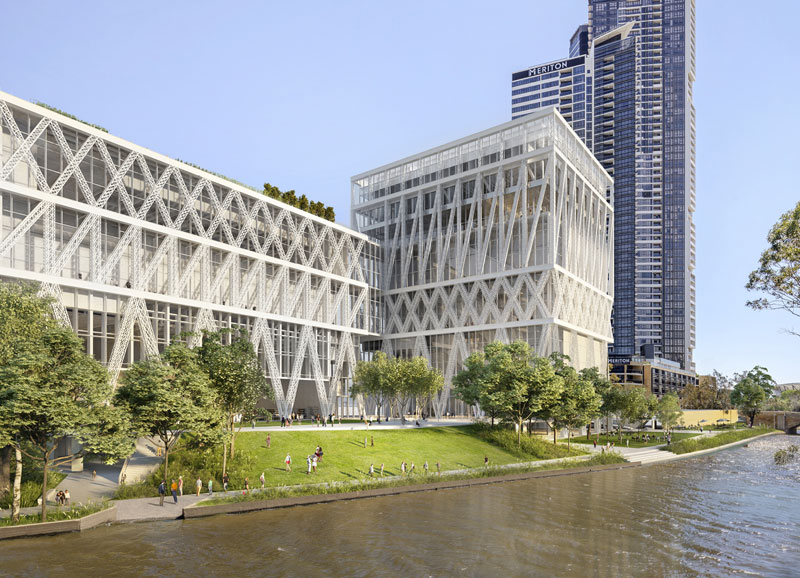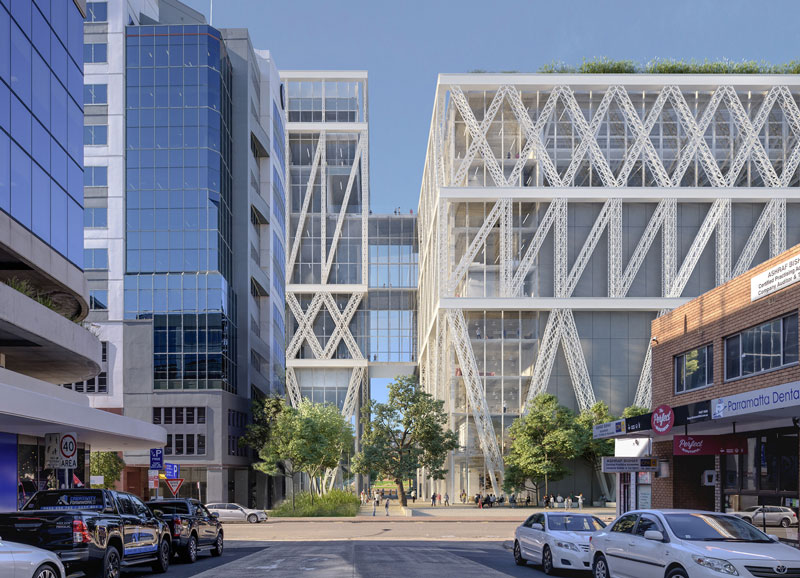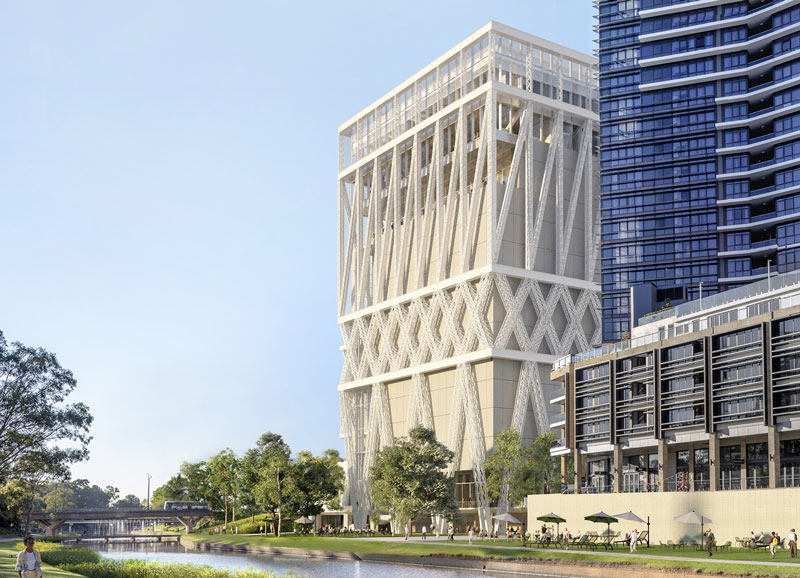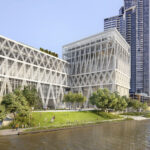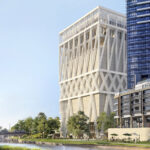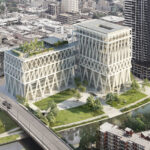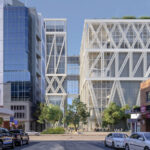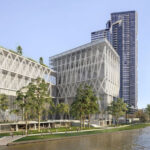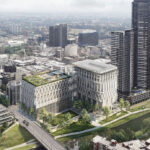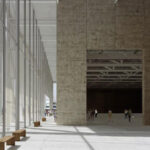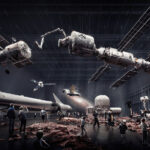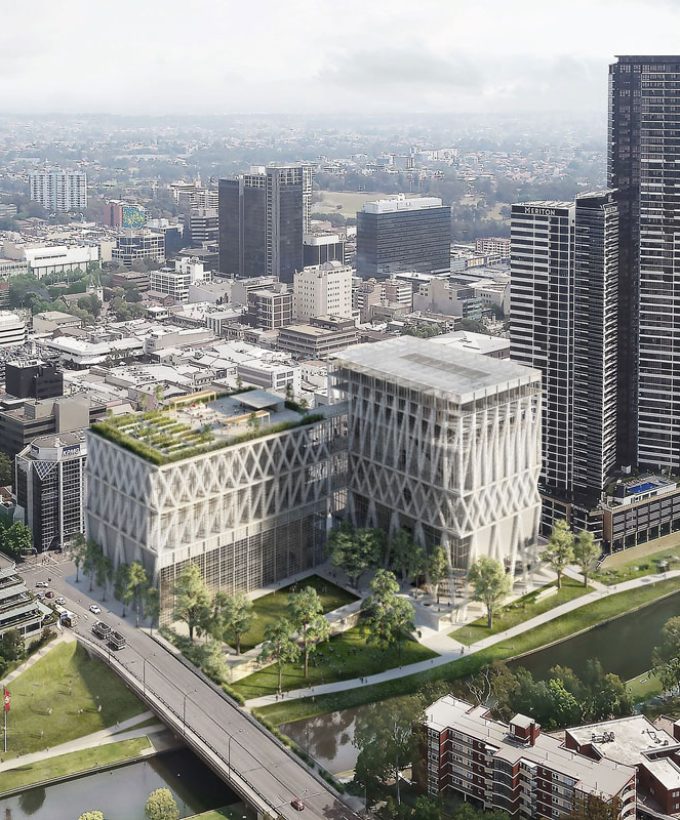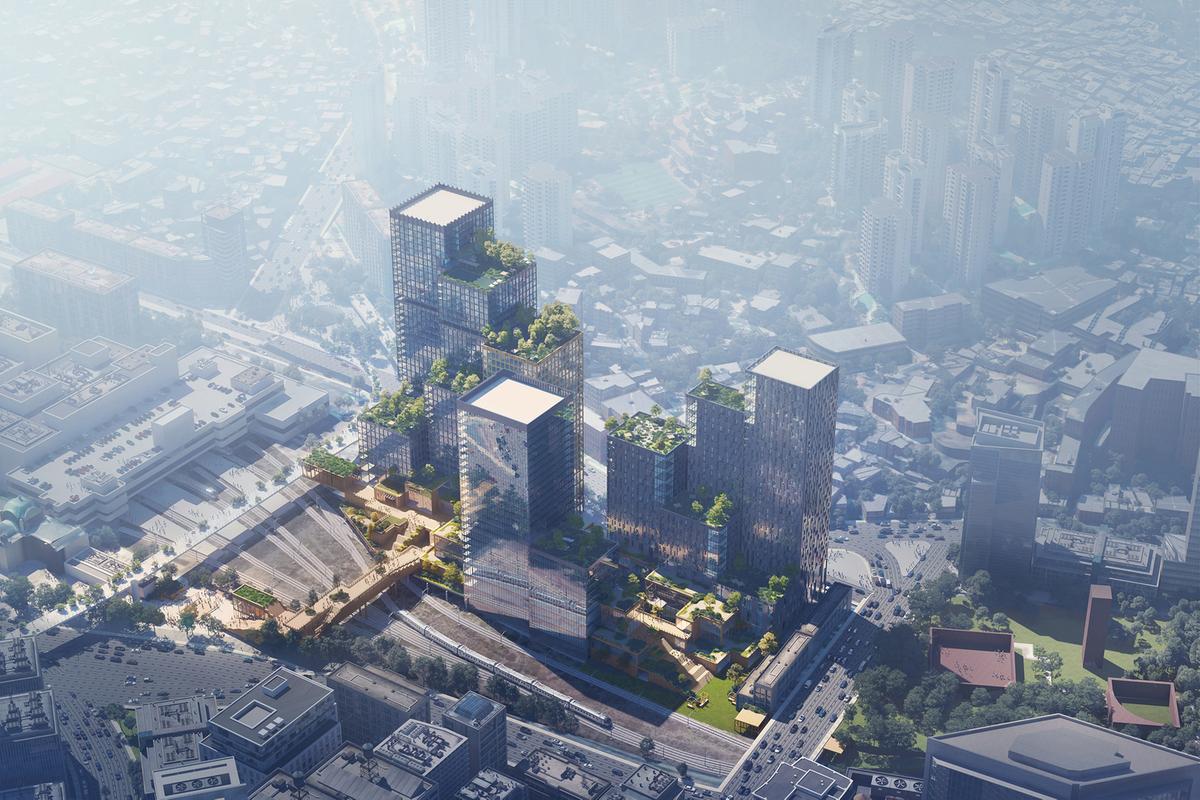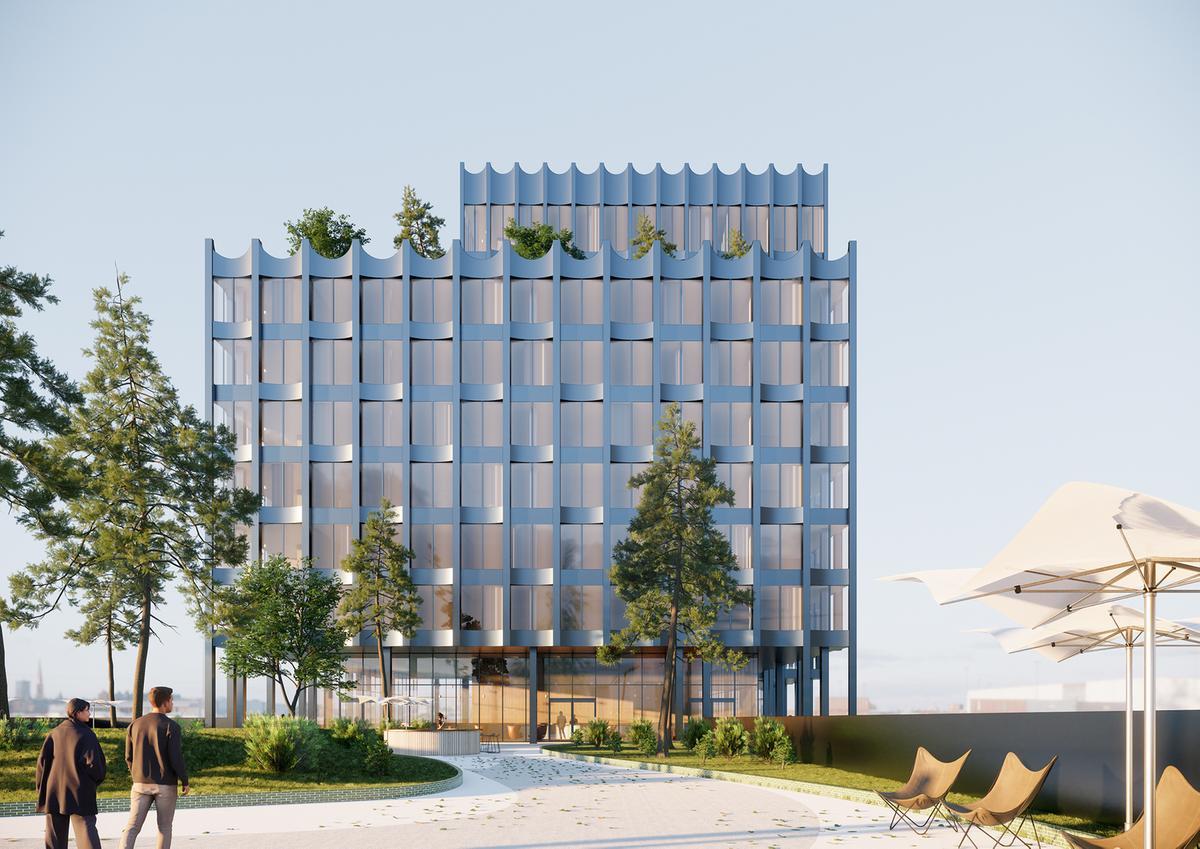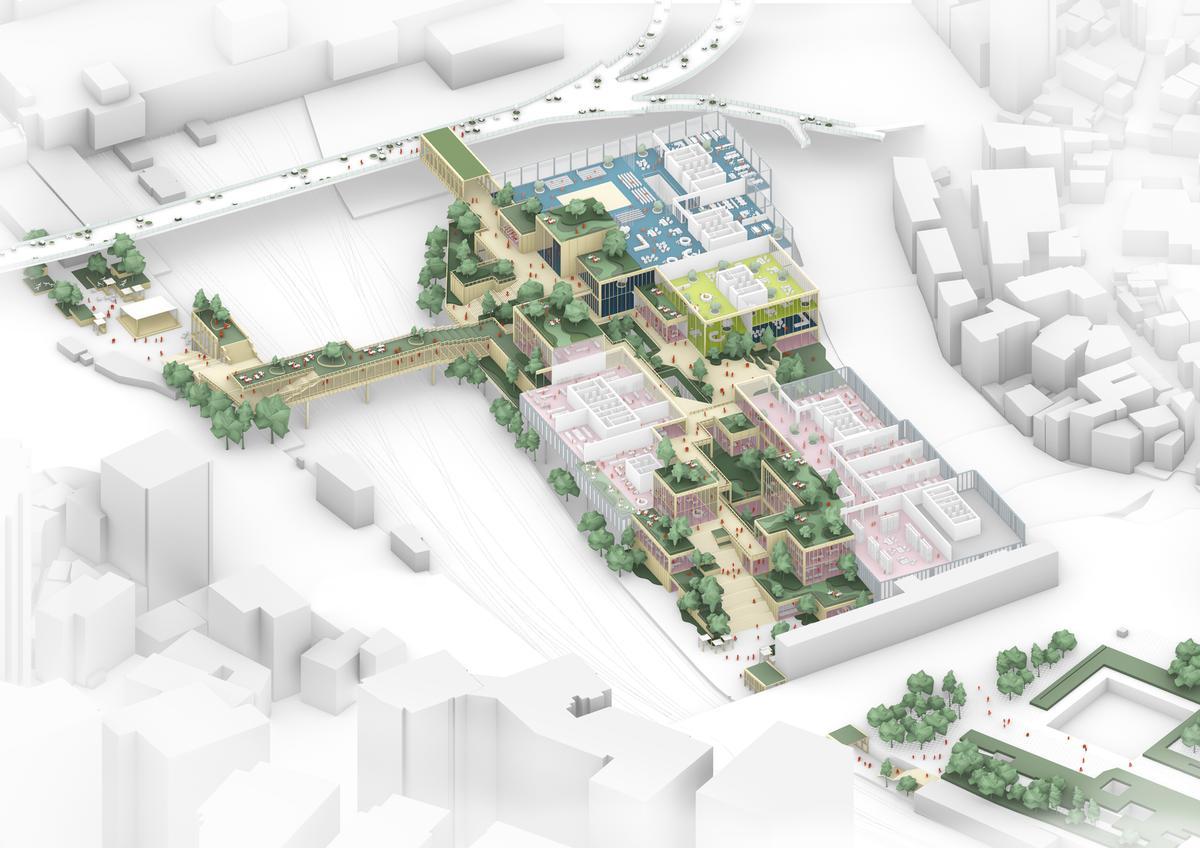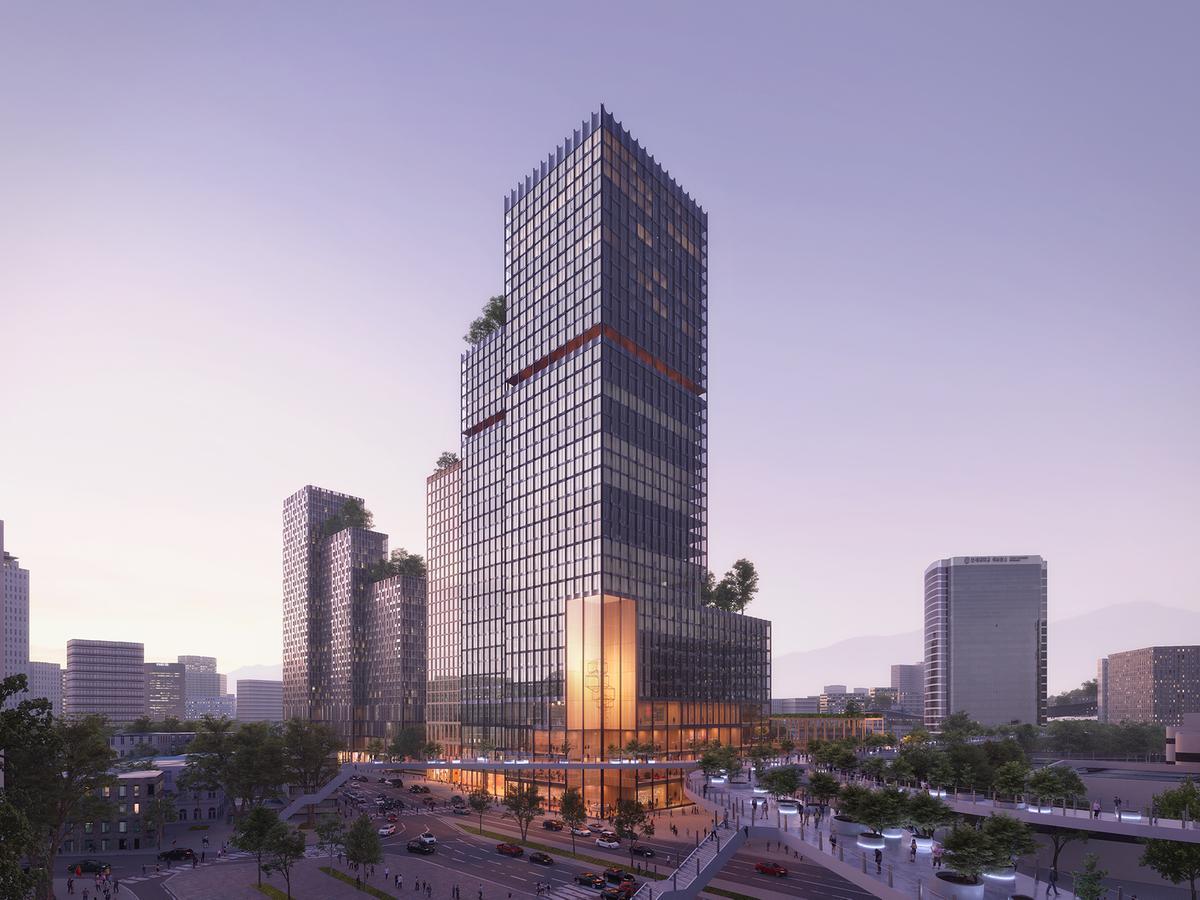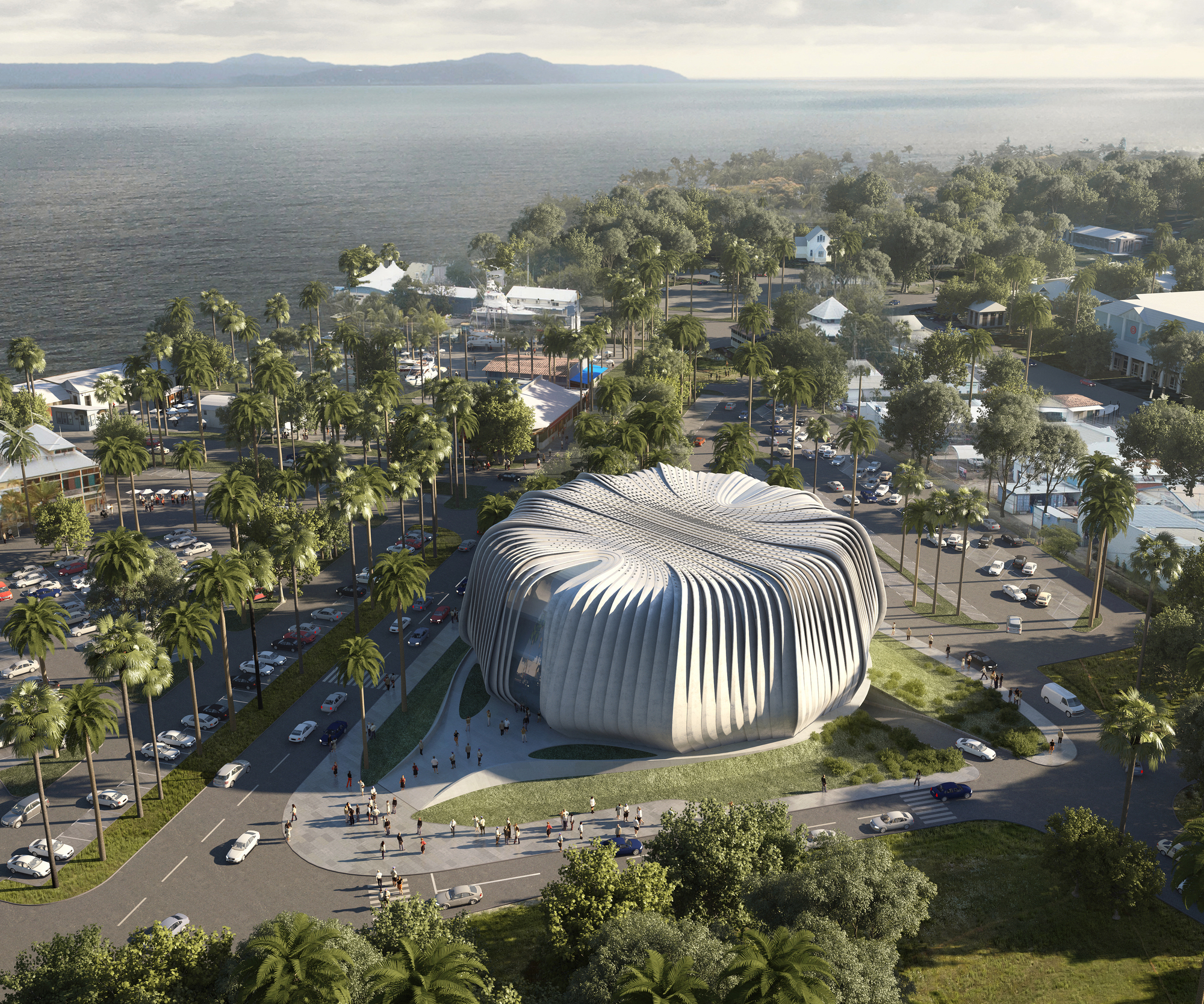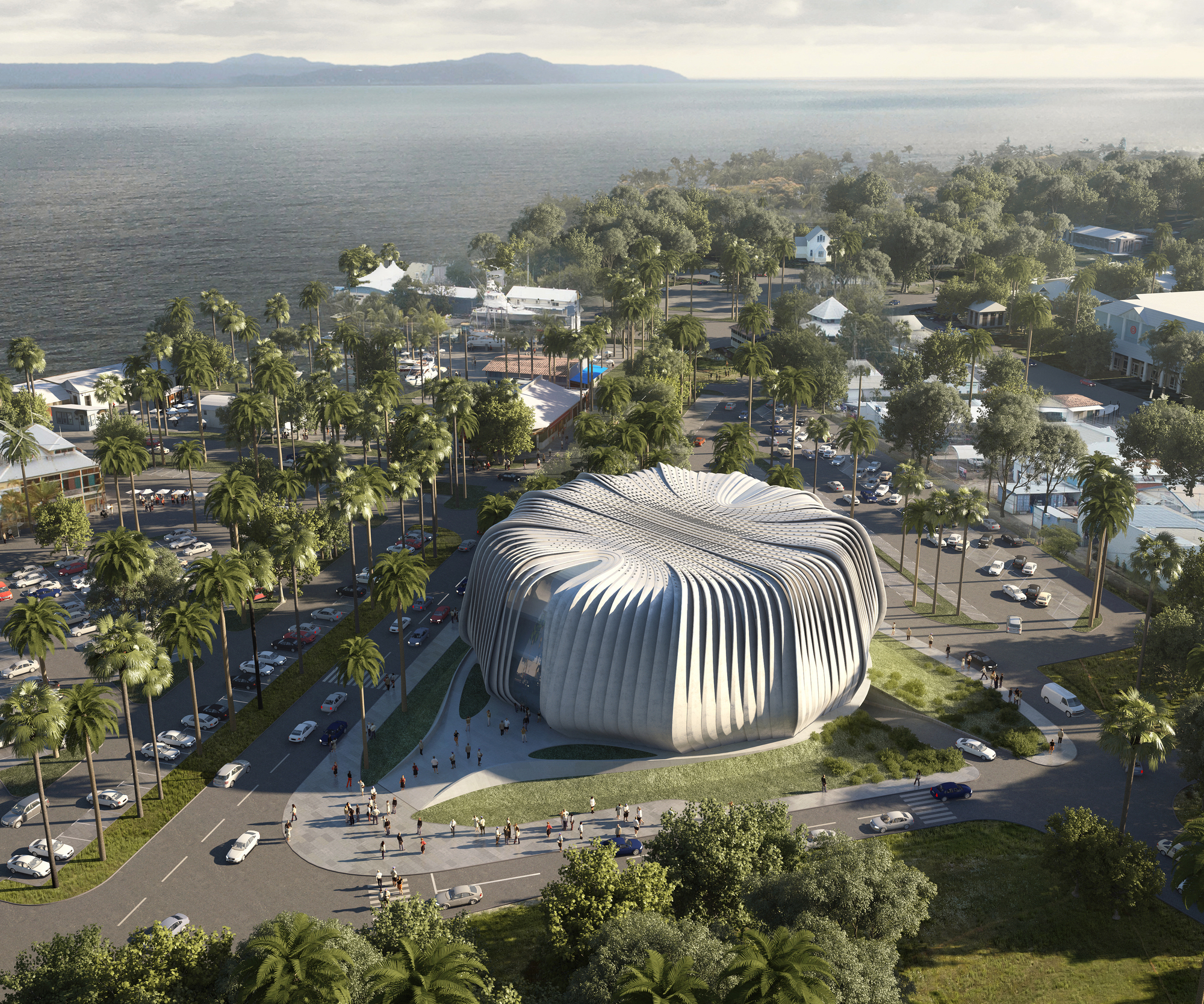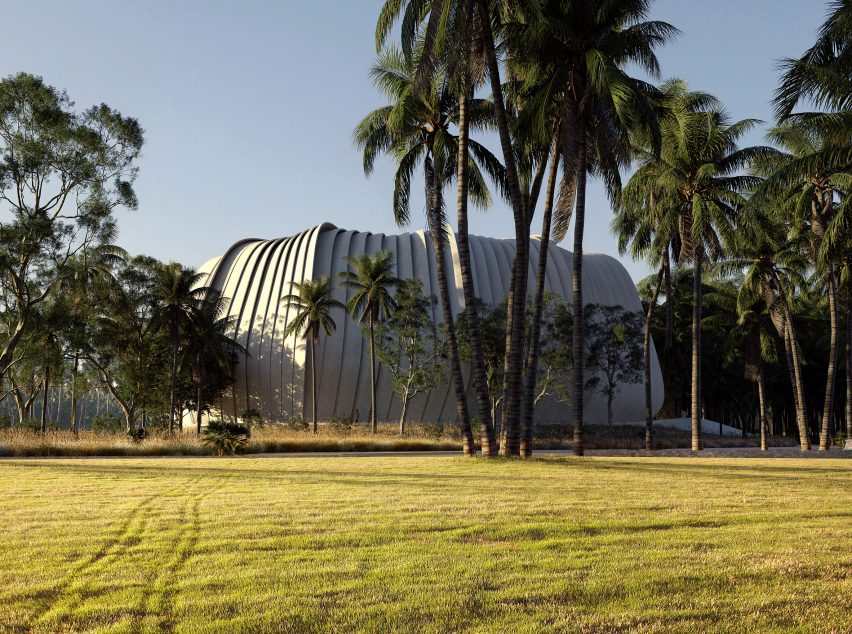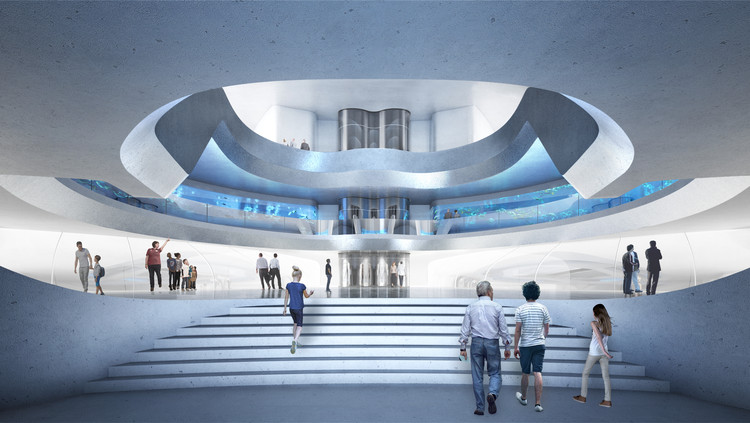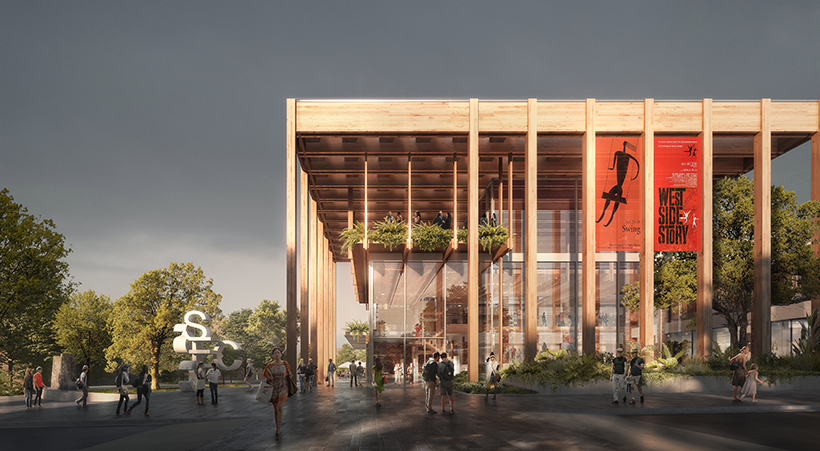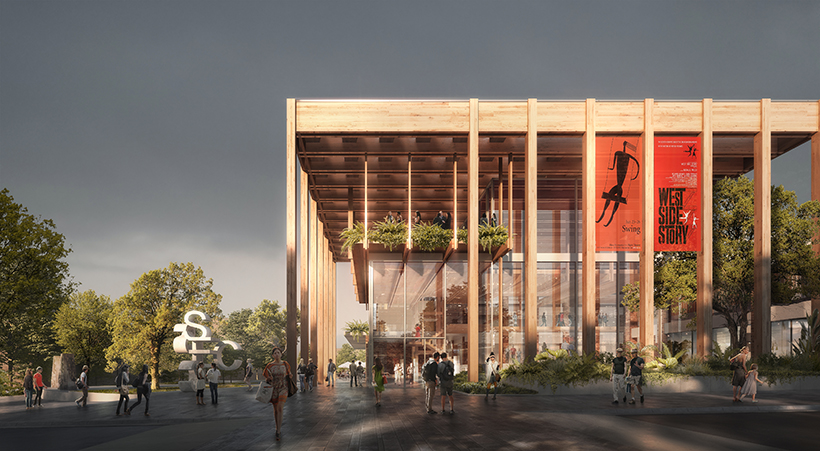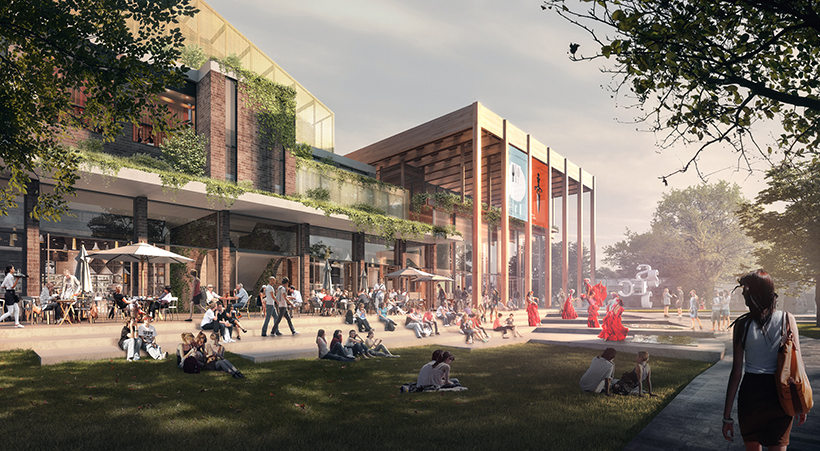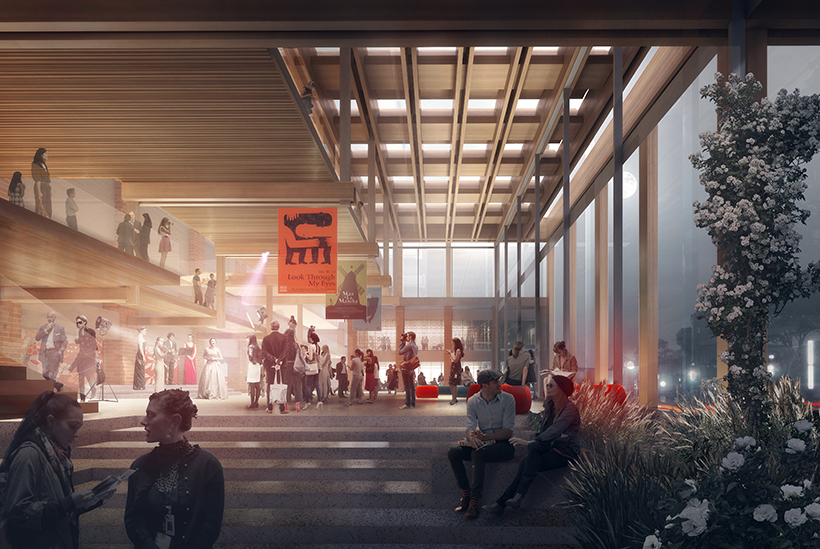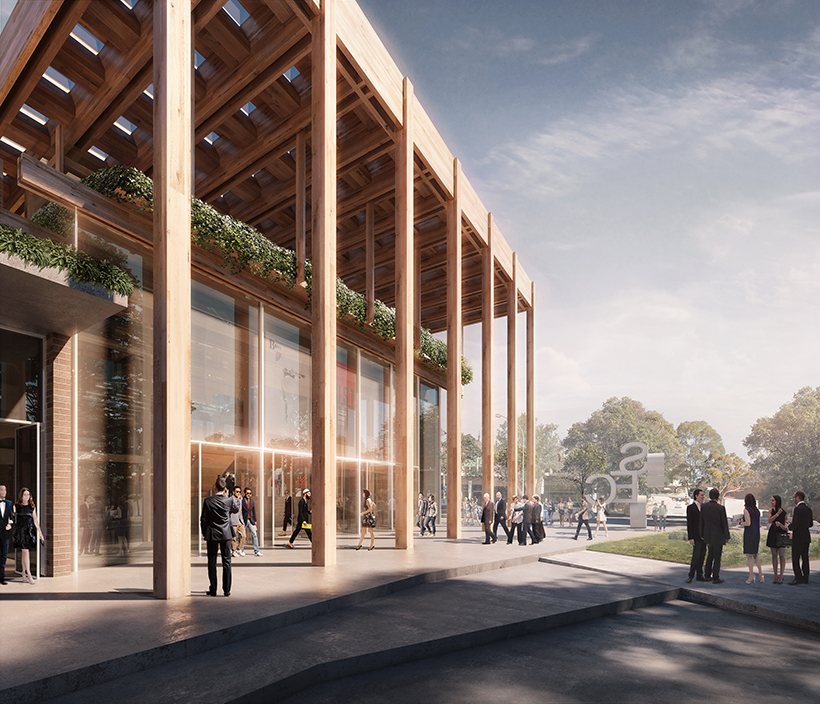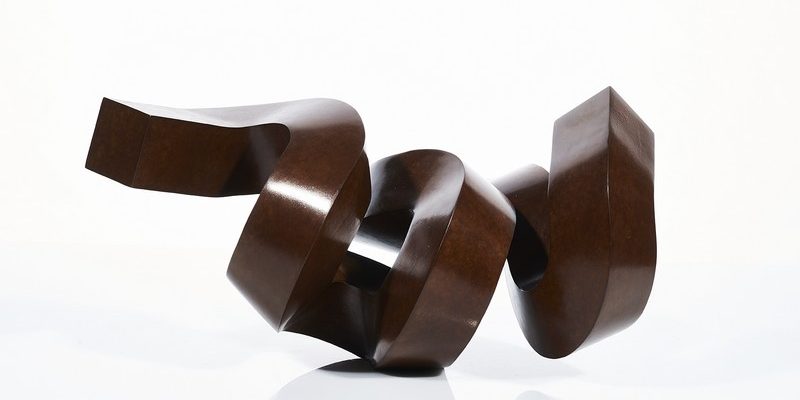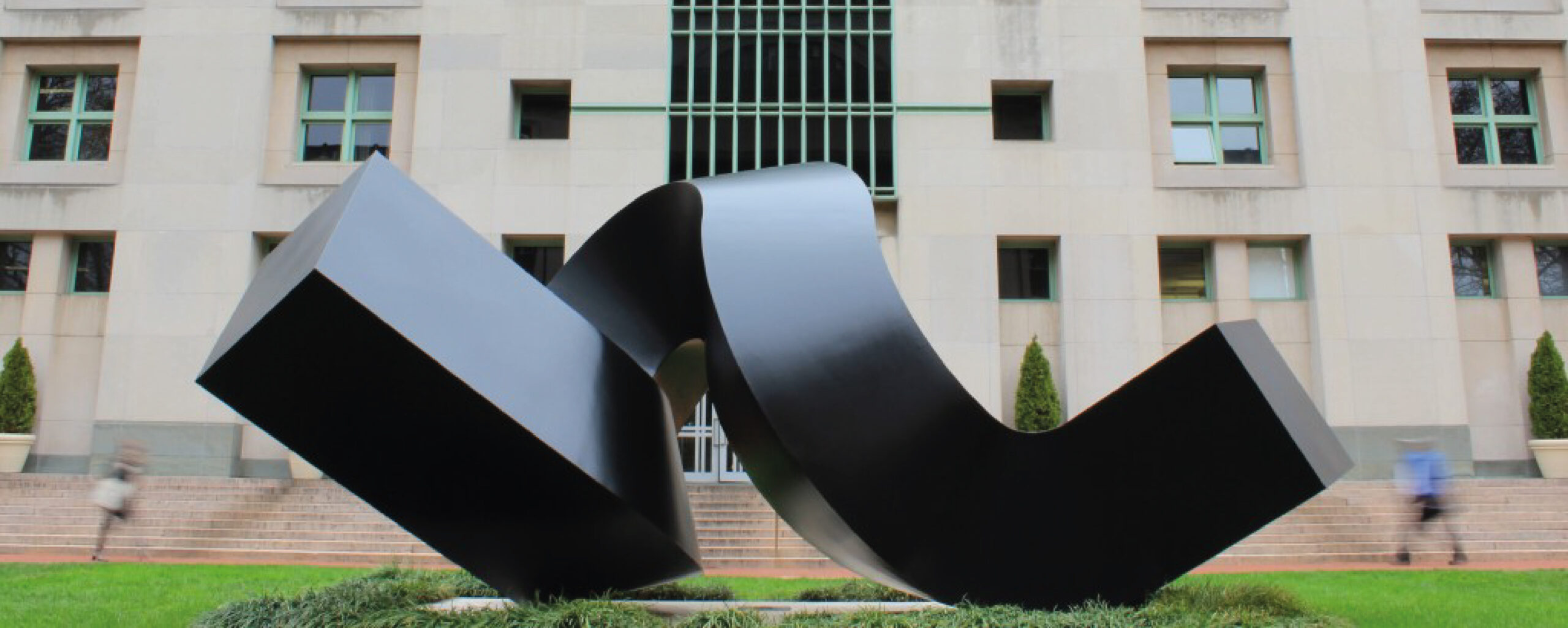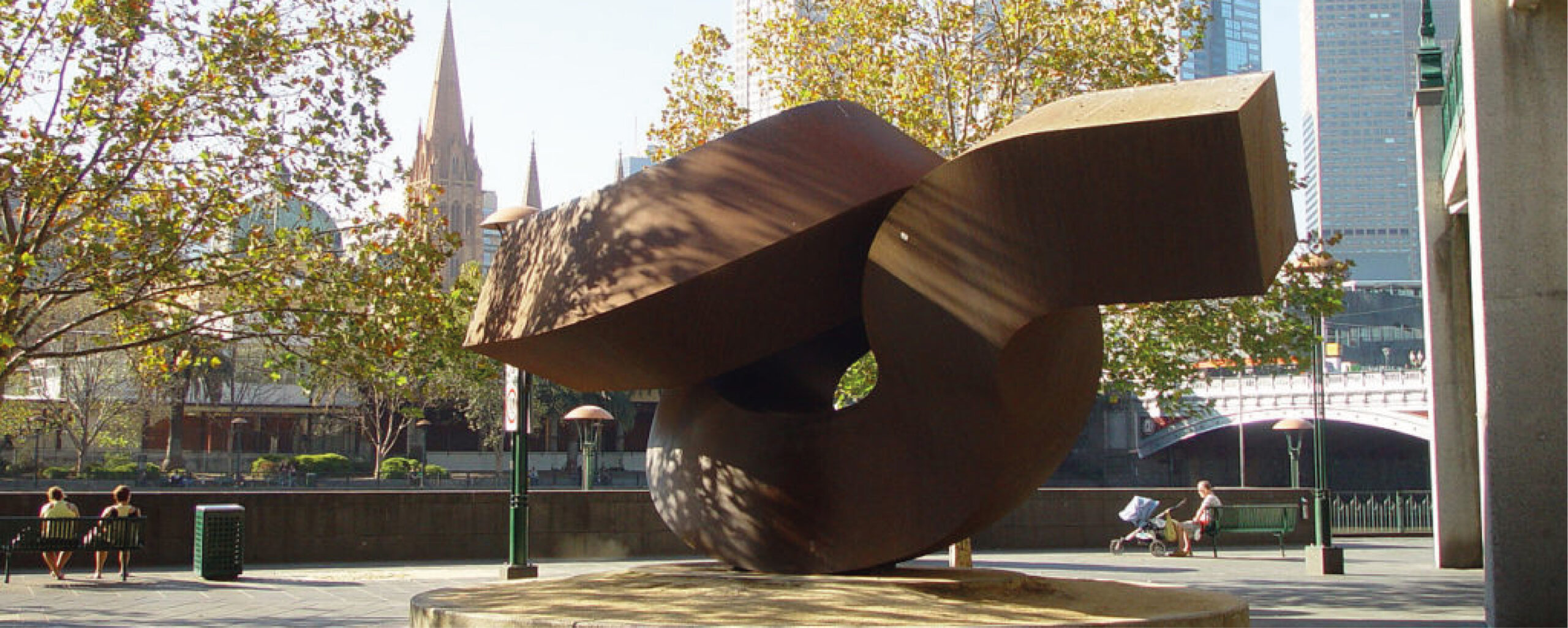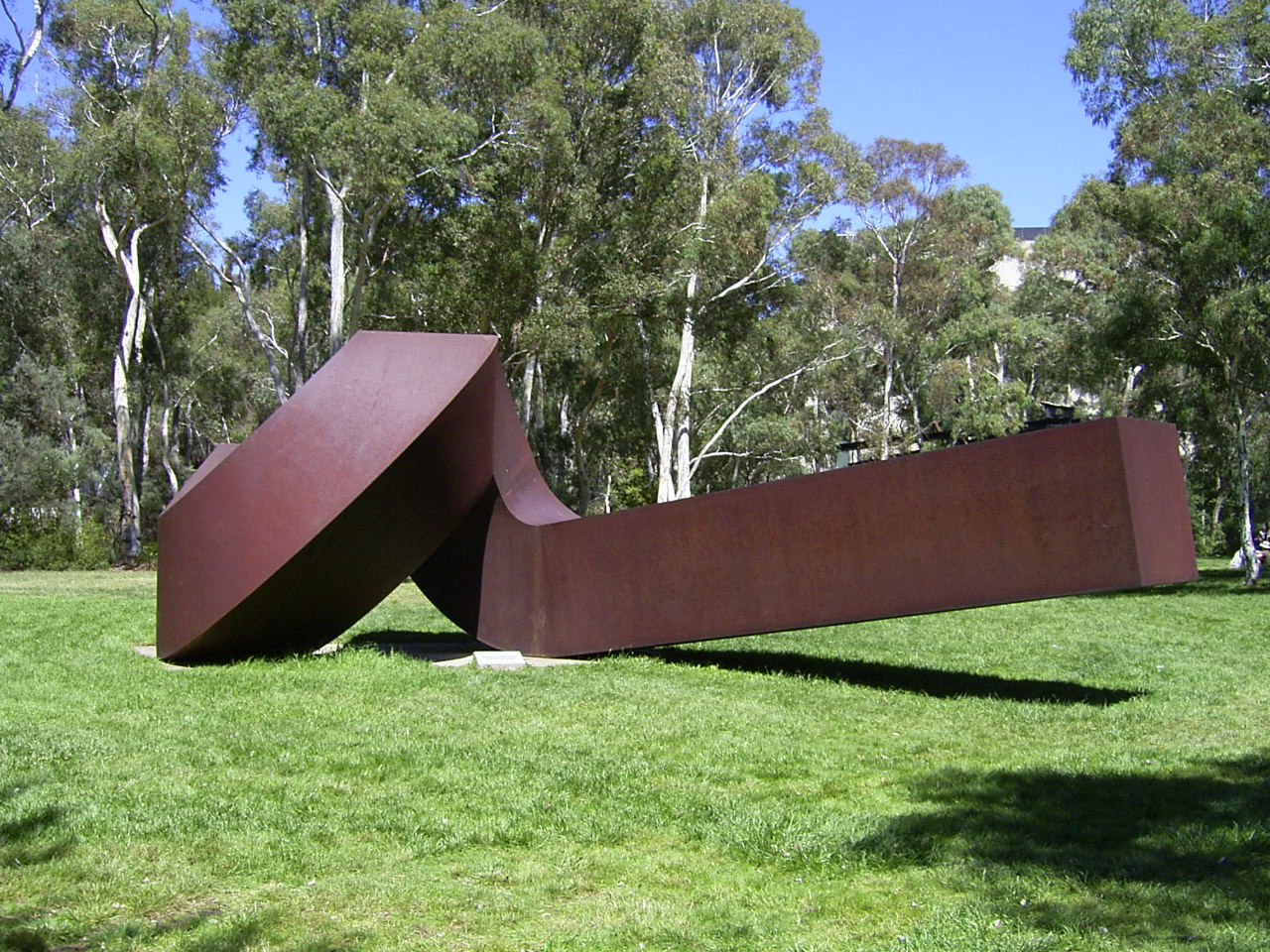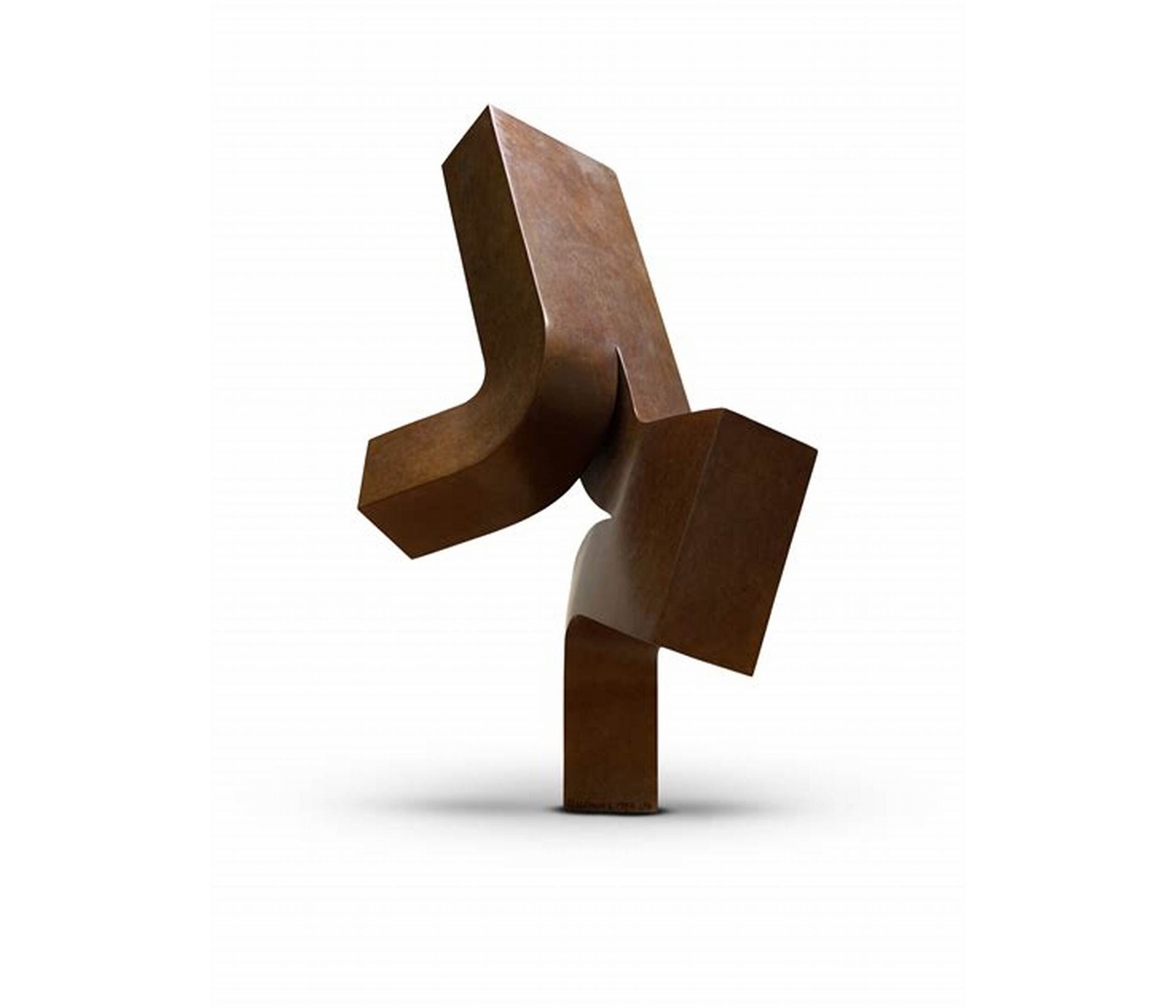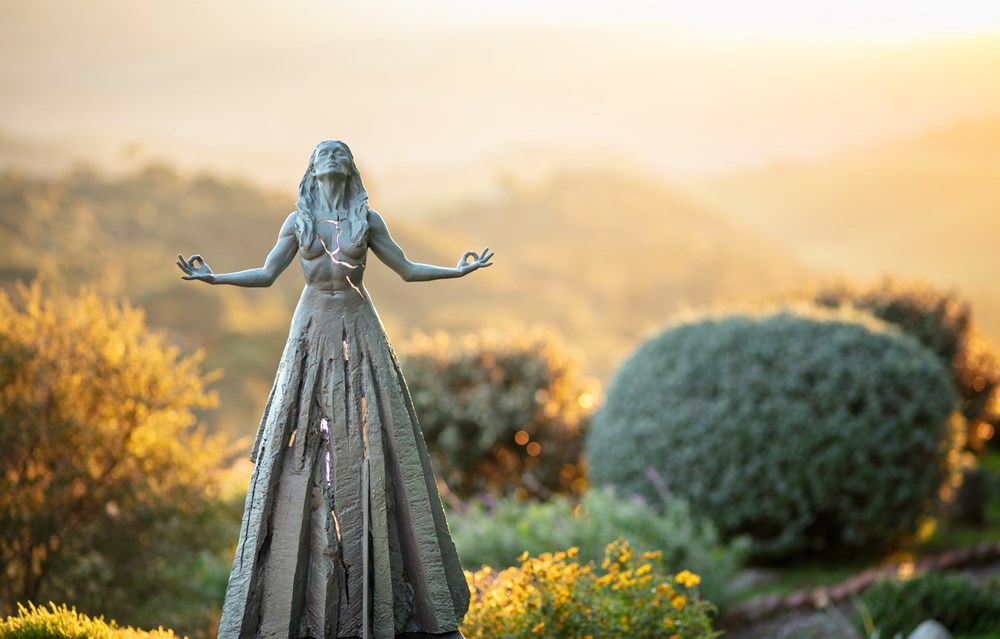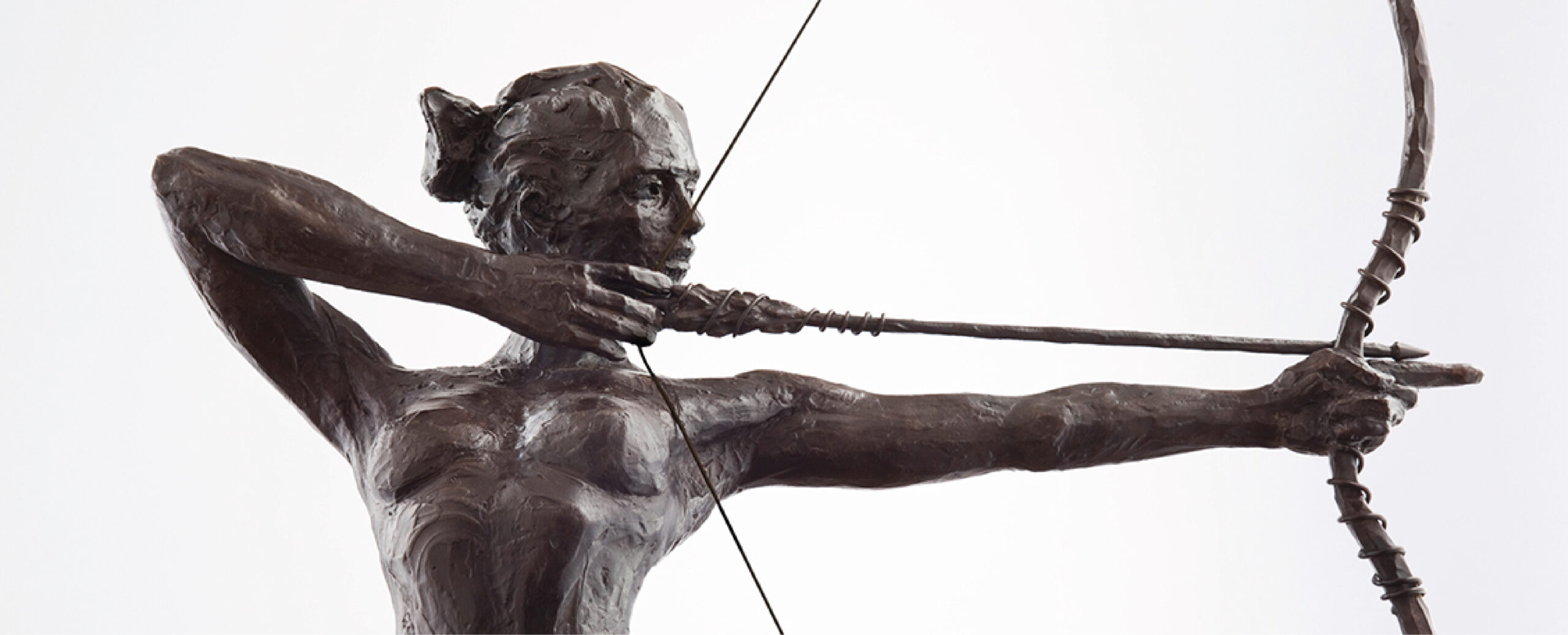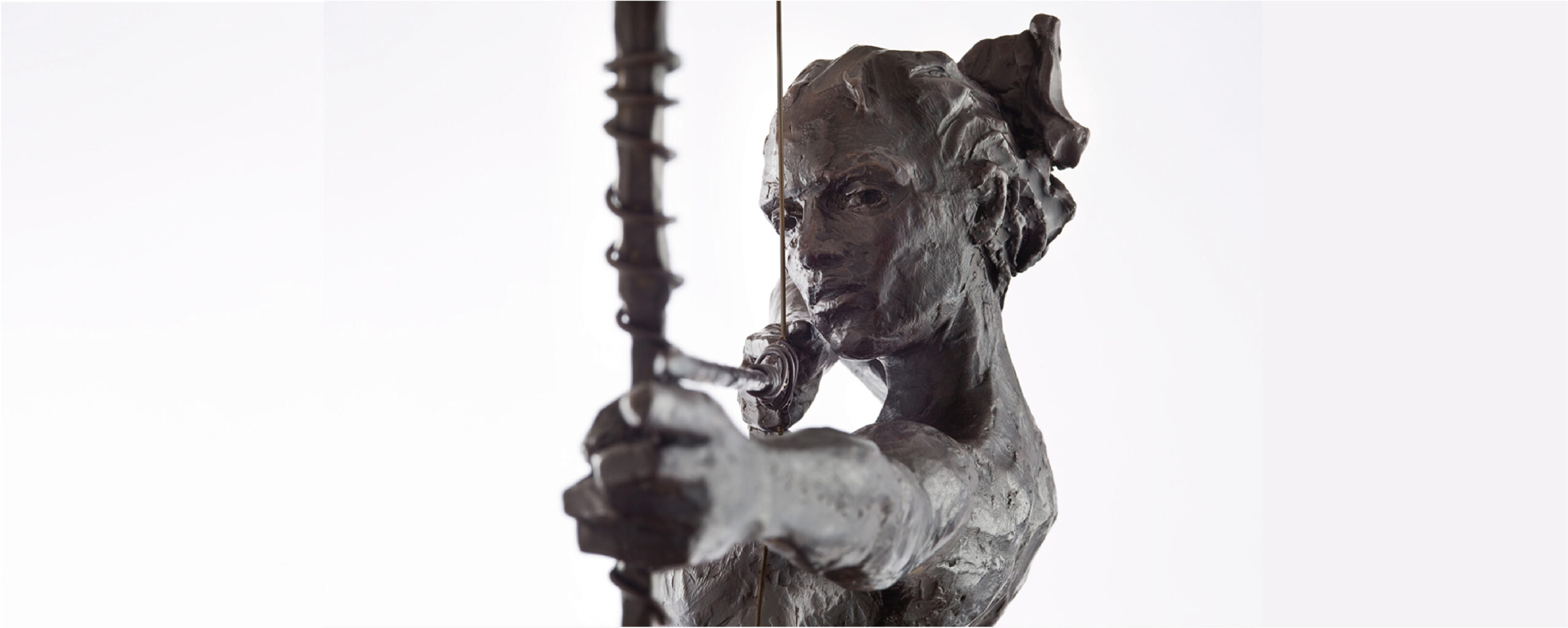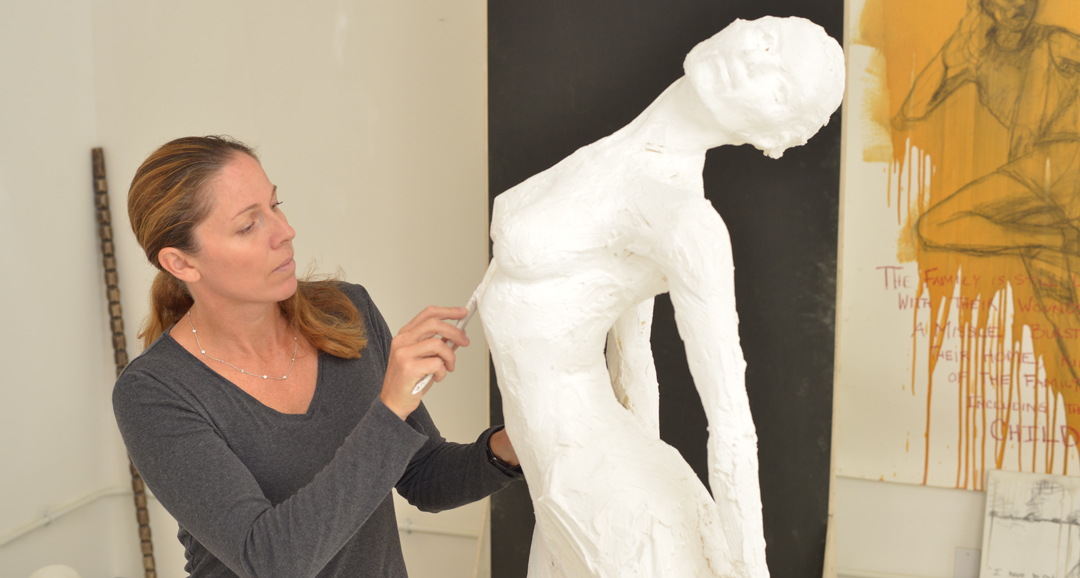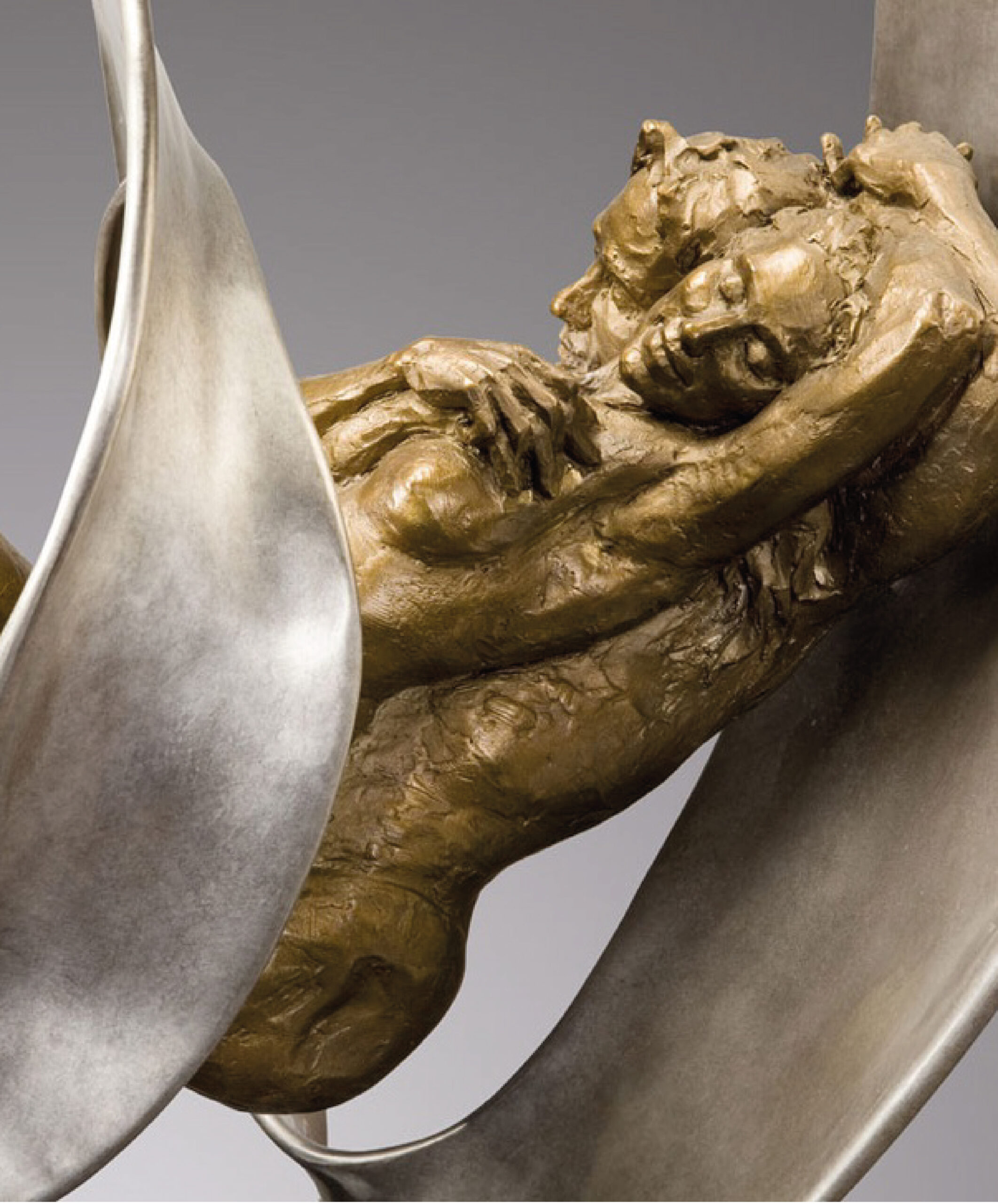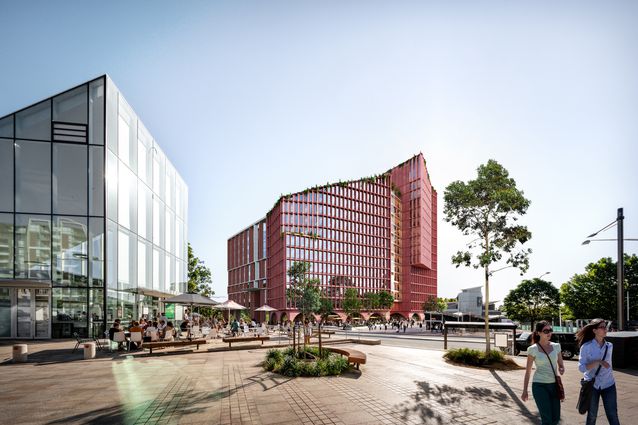
Bates Smart’s ‘civic landmark’ for Green Square
Bates Smart has won a City of Sydney Design Excellence competition with its design for an office building in Green Square that offers a contemporary interpretation of the industrial sawtooth roof form.
The practice’s director Philip Vivian said the 28,570-sqaure-metre commercial development would respond to Green Square’s physical, social and historic contexts.
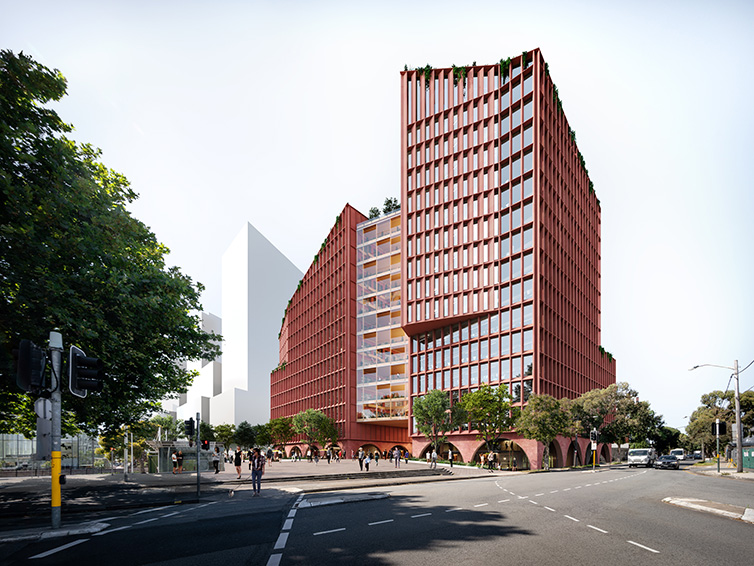
“The design creates the civic landmark entry that Green Square needs,” he said. “The city fringe location, alongside the connection to Green Square’s train station, provides a unique opportunity to create a fringe precinct that invigorates its context and sets the precedent for the workplace of the future.”
The design competition jury said the design had an “interesting built form, particularly due to the splayed rooftop and height.”
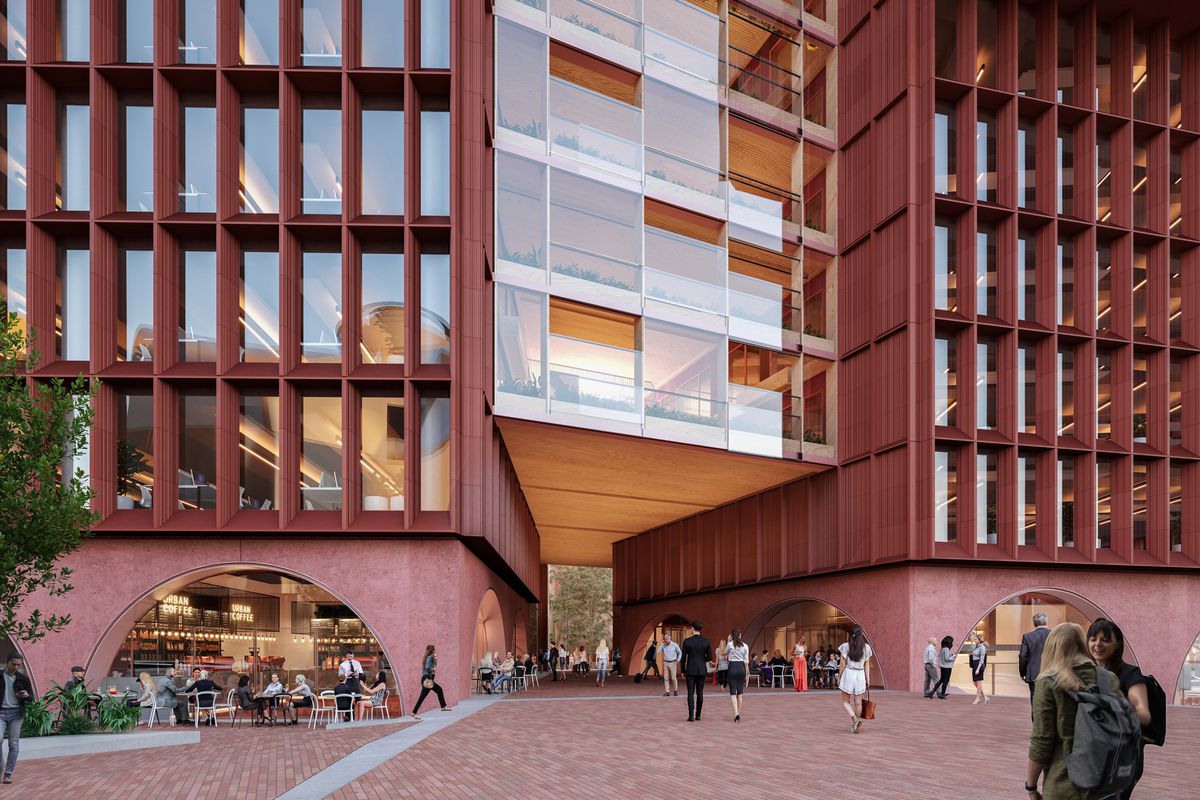
The jury unanimously selected Bates Smart’s scheme, which they said provided the best response and was capable of achieving design excellence.
The building has been conceived as two volumes, with a through-site link connecting to an adjoining pocket park, creating a smooth public domain transition from the Green Square train station.
This space will be home to cafes and retail tenancies and will be defined by arched forms, chosen to celebrate the area’s industrial history.
Inside, the volumes house two workplace neighbourhoods with individual identities, connected via a naturally ventilated timber “social heart” that encourages connectivity and collaboration.
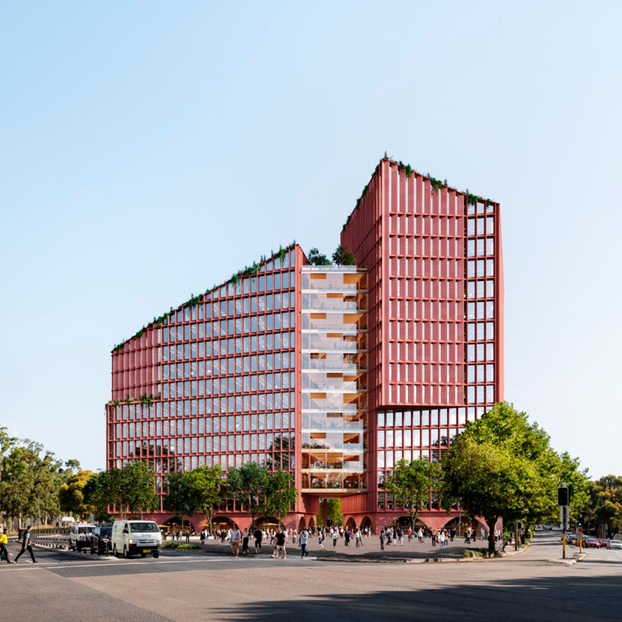
Vivian noted that commercial city-fringe developments are increasingly important to the future of work in Sydney, as they allow for a greater focus on workplace wellbeing and can integrate with the surrounding urban context.
“This development in Green Square will weave together public space, retail, workplace and transport to create an exciting, holistic, shared place. It will meet growing expectations on commercial space and more importantly, serve the needs of the people as Green Square continues to grow,” he said.
written by : ArchitectureAU Editorial
15 Mar 2021
published in : architectureau.com
Last Posts
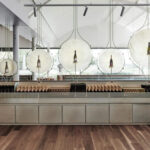
Chandon Australia by Foolscap Studio

LINA Architecture Platform Program
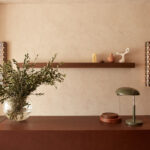
IN BED Armadale Store by Flack Studio
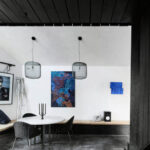
Host House by Splinter Society Architecture
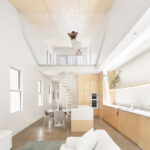
Thomson House by C.Kairouz Architects
